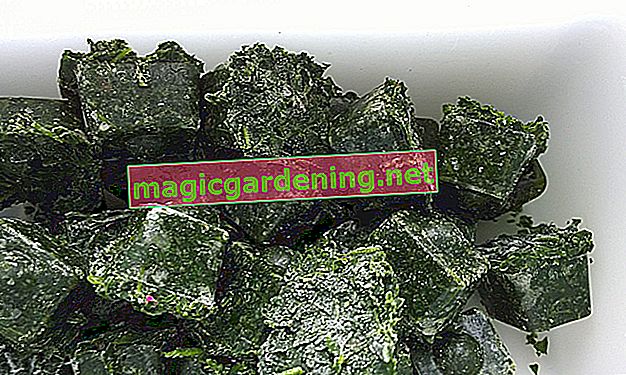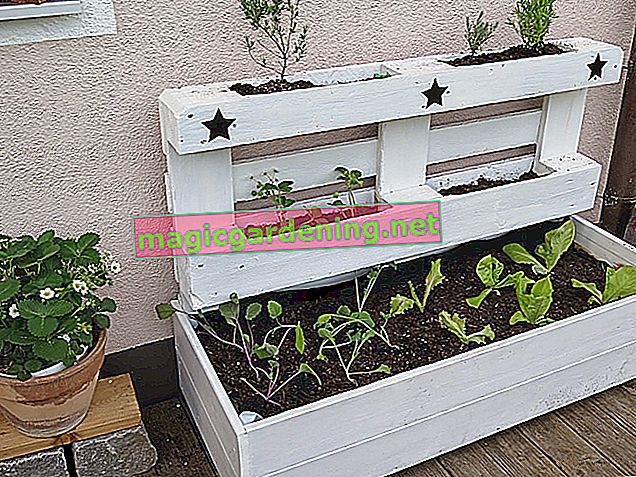
Foliage has a protective function
It is best not to cut off the leaves. They are a natural winter protection when they fall down in autumn and lie over the root area of the plant. If you don't remove it but leave it in place, you don't need to equip your Funkie for the winter in any other way.
also read
- What should be considered when hibernating hostas?
- Are hostas really hardy enough?
- Getting rid of snails on hostas
The old foliage - winter protection and shelter
After the first frost has struck the hostas, the leaves tip over. They begin to wither noticeably. In addition to their function as winter protection, they represent an important shelter for insects during winter.
You don't like the withered leaves?
If you think that the old foliage doesn't look nice, but rather disturbs the overall picture, you can of course remove it. However, this means that winter protection is no longer available and may have to be made available elsewhere, for example by fir branches. In the fall, you can cut away the foliage if you don't like them.
Remove old parts of the plant in spring
If you left the foliage on the hosta:
- in spring the foliage is mushy and brown
- partly it is also rotten
- Remove the remaining parts of the leaves before the new shoots (in April)
- removing the old leaves encourages new growth
- Scissors are not necessary - leaves can be plucked
Cut away the old inflorescences
In addition to removing the old leaves, the inflorescences should be cut off in summer. This also applies to hostas in the bucket. The flowers are on the long stems that shoot up from the center of the perennial from around June. Cut down these stems when the flowering period is over.
If you don't do this, the black seed pods will form:
- Training of the seeds is exhausting
- Self-sowing is prevented
- newly created hostas have different properties than the mother plant
- newly created hostas can later displace the mother plant
Tips
The leaves can also be cut from May to August and used, for example, for floristic purposes (bouquets or flower arrangements).








